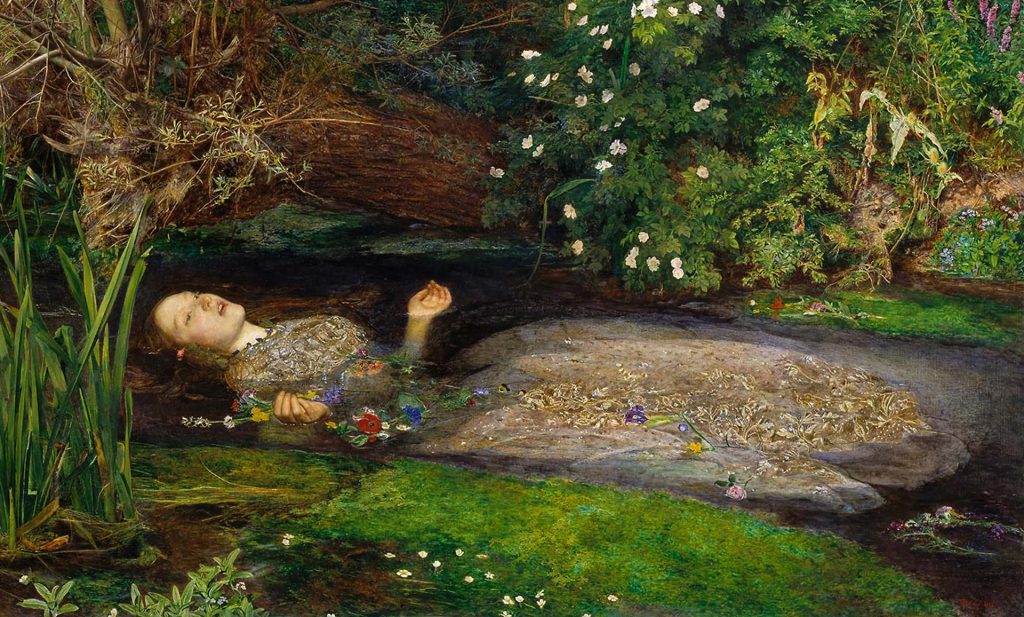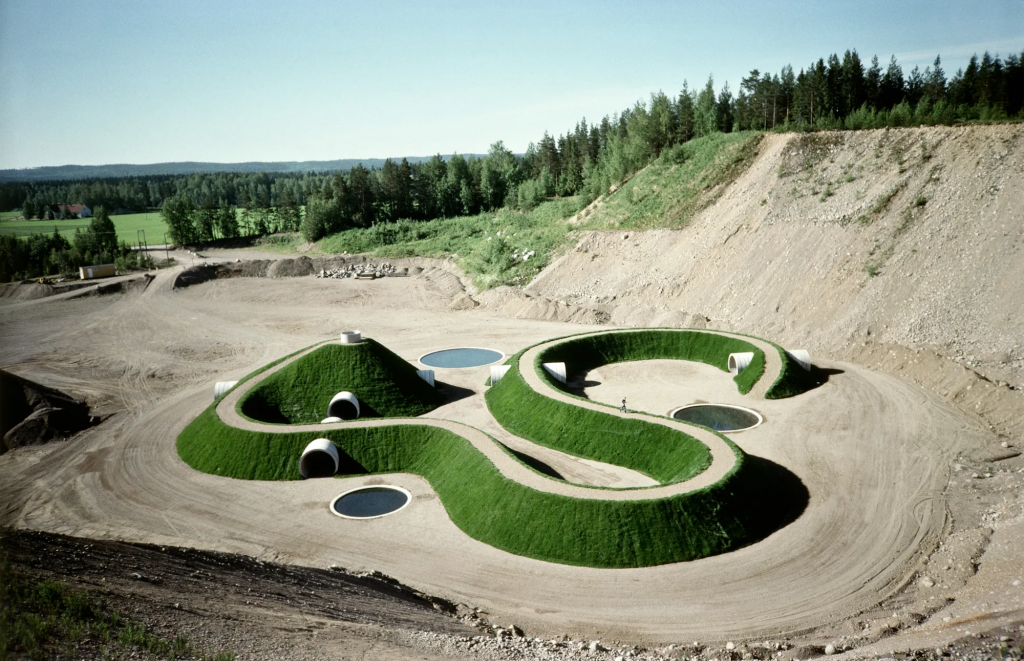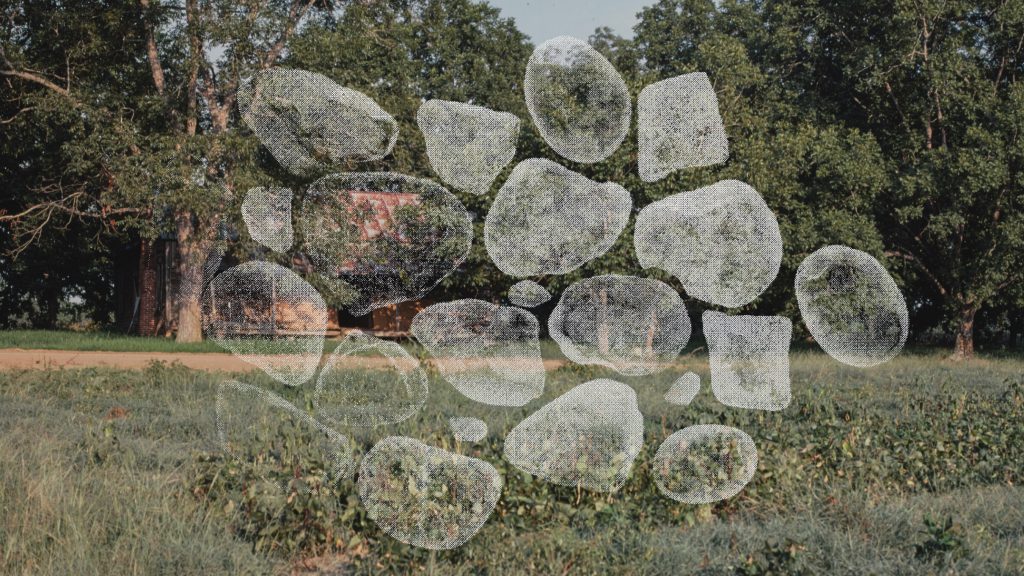Story VUONG AN NGUYEN
Photos INTERNET
The relationship between nature and art is a journey of loss and reconnection.

Awe before the sublime
Nature has always been a source of wonder and inspiration for artists, but in the late 18th and early 19th centuries, a new movement gave nature a sense of immense power that reached deep into the human psyche. This movement was Romanticism, and it emerged in response to the rationalism and order of the Enlightenment by celebrating emotions and imagination.
Romantic artists often portrayed nature with a sense of awe and reverence. Painters such as William Blake, Eugène Delacroix and J.M.W. Turner evoked feelings of fear, longing and ecstasy before the transcendent, through scenes of light piercing the dark night or the vastness of a misty sea.
One of the most iconic representations of Romanticism is 1818’s Der Wanderer über dem Nebelmeer (The Wanderer above the Sea of Fog) by Caspar David Friedrich. The painting shows a lone figure standing on a rocky peak, overlooking a vista of fog and clouds. The figure’s back is turned to the viewer, suggesting a search for meaning and transcendence in nature, while also raising questions about humanity’s own insignificance and isolation.
Romantic art also inspires a vision of the heroic figure, who strives to overcome the limitations of society and civilization and connect with the sublime in nature. The movement suggests that to achieve this, one needs inner strength and courage, not the mechanical power championed by the Industrial Revolution. According to Romanticism, the power of nature lies not in storms or tempests, but in emotions, those deeper relationships inherent to human nature.

Everything has a homeland
Land art, also known as Earth art or Earthworks, emerged in the 1960s and early 1970s in the United States and England. This pioneering genre is an interdisciplinary blend of visual and conceptual art alongside biological and environmental studies.
Land art uses natural landscapes and materials from the local environment, such as soil, rocks, sand and water, to create works of art.
Its practitioners emphasize respect for the natural conditions in the areas where they create and do not aim for permanence or durability. Instead, their works are ready to dissolve, disintegrate or flow away with the changing seasons.
British artist Andy Goldsworthy’s works, created in the temperate forests of Europe using ice, leaves and gentle stream currents, are some of the most remarkable examples of this form. Goldsworthy impresses both the art and scientific communities with an intimate understanding of the plant life and seasonal conditions of each location along his creative journey. His emotional and profound connection with nature goes beyond material or natural research – it aims to raise significant questions about the sense of tranquility and the hidden beauty that stirs genuine emotions.

Ancient and sacred trees
A new ecological literary trend has emerged in the early 21st century, repositioning the role of human history amid the vast existence of ecosystems. Many writers are composing works that elevate non-human elements to the main characters, while people become the supporting players or even the antagonists.
An exemplary work from the trend is The Overstory by Richard Powers, published in 2018. This sweeping saga weaves together the story of nine characters that are connected by their love of trees. However, it soon becomes apparent that this is not simply a story about humans. Instead, the book challenges the conventional view of human development in the industrial age and explores the hidden life of planetary vegetation. As the characters in the narrative make mistakes and face extinction alongside their civilizations, trees continue to flourish and guard the profound mysteries of the planet.
The novel ask how humans should reevaluate their position and progress – are we truly the main characters on this earth, or just a small part of its existence? Trees have existed since the planet’s early stages, and also have a life, memories and a wisdom that might even surpass the linguistic intelligence of humans.
Whether the Romantic school of painting, non-representational land art or ecological literature, artists remind us of the ancient connection between humans and nature. Some 300 years after the Industrial Revolution, our fading bond with nature has brought many consequences, such as climate change and the loss of culture. These movements revive powerful and stirring emotions of beauty and raise philosophical principles that may now need to be deeply reconsidered.










